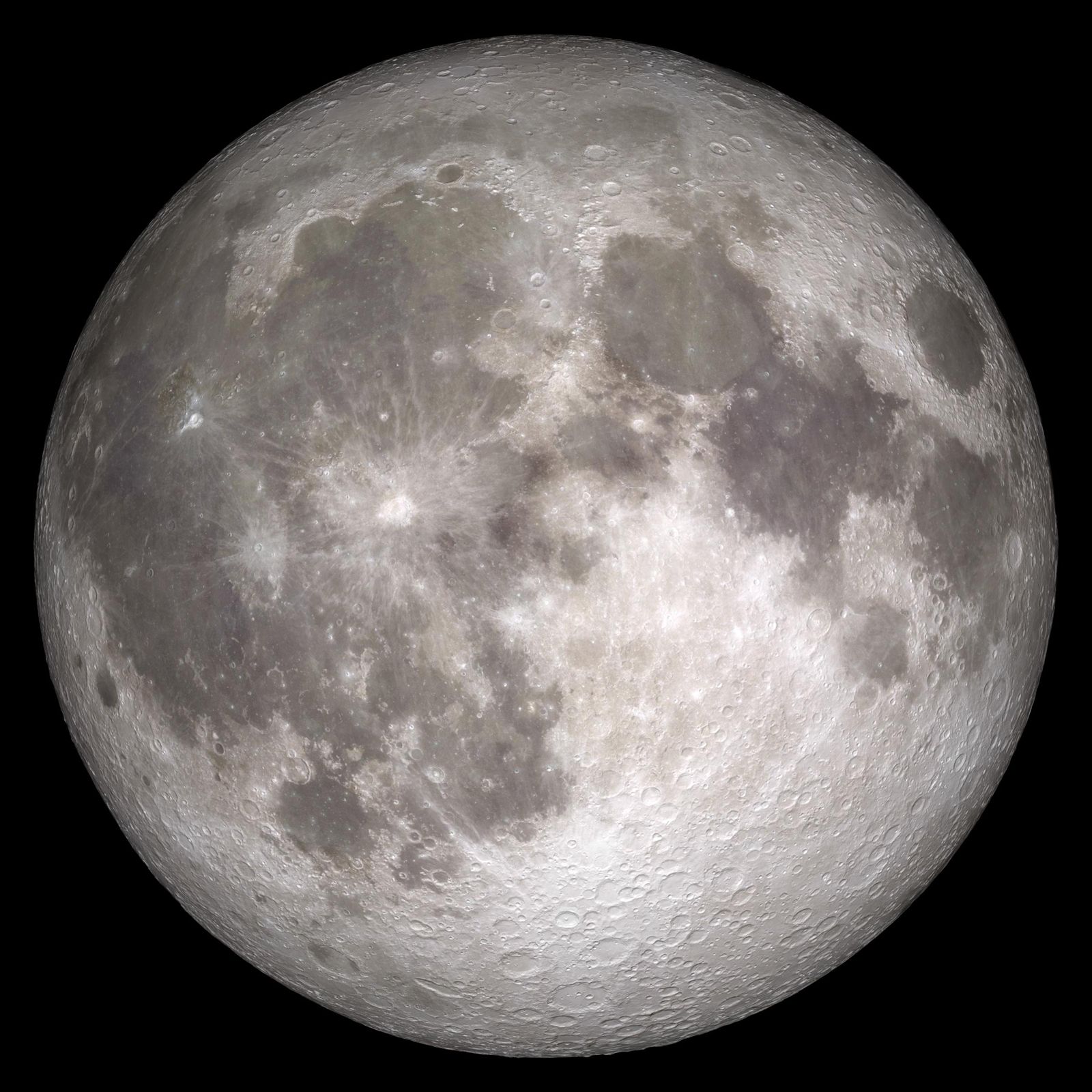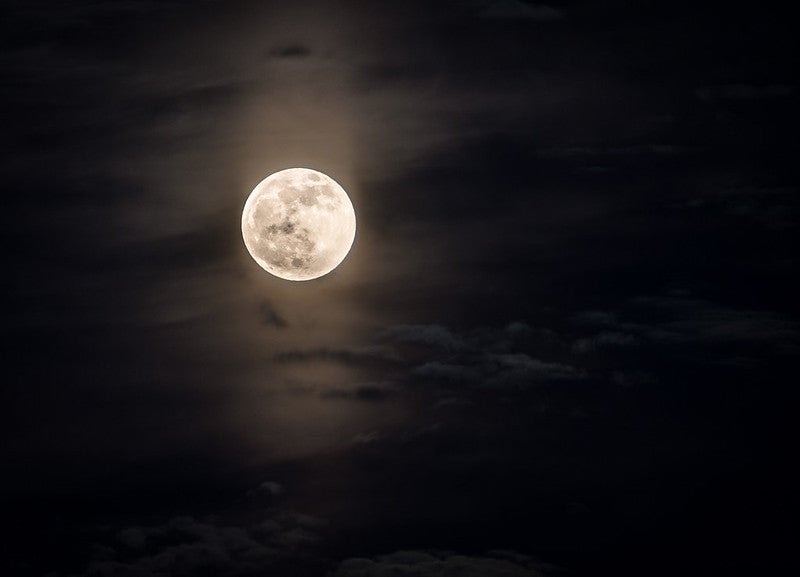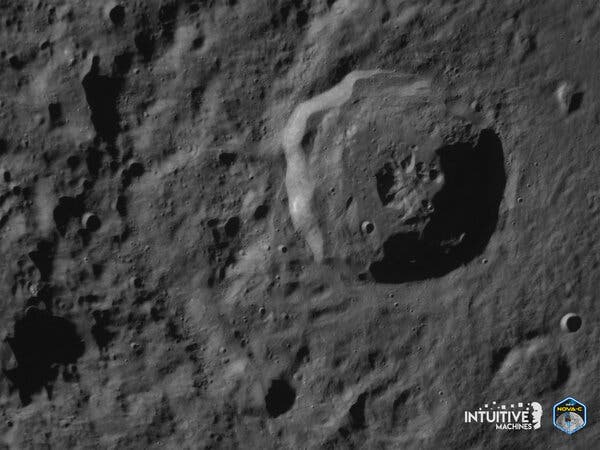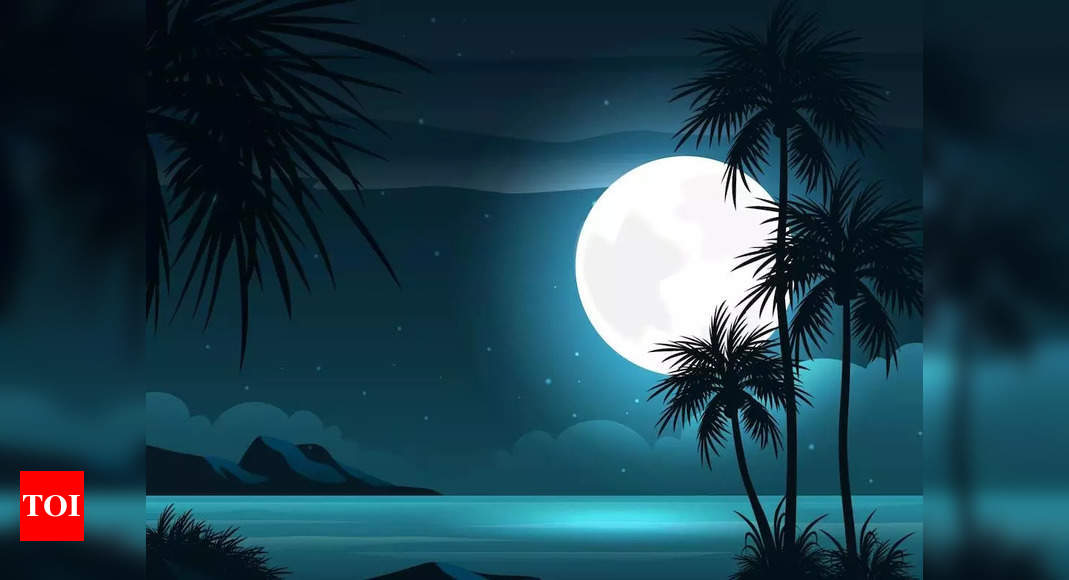North pole declination. And a "new moon" occurs when the far side of the Moon has full sunlight, and the side facing us is having its night. Geophysical Research Letters. Because the Moon's orbit around Earth is inclined by about 5. The true time of a full moon may differ from this approximation by up to about Pradeepkumara; Neha Naika; Gogulapati Supriya The crescent and gibbous Moons each last approximately a week. Archived from the original on 5 October A moon is an object that orbits a planet or another celestial body that is not a star. But these "seasons" have little effect in more equatorial areas. The Moon's highest altitude at culmination varies by its lunar phase , or more correctly its orbital position, and time of the year, or more correctly the position of the Earth's axis. As it continues to brighten, it takes on an oblong, or "gibbous," shape until it reaches the full moon stage.


It also depends on the height of the moon above the equator as a result of its inclined orbit. Hill sphere Rubble pile Scattered disc. Selene is associated with Artemis and paralleled by the Roman Luna , which both are occasionally depicted driving a chariot , like the Hindu lunar deity Chandra. To compare, in the equal-length mean-solar solar points and the actual astronomical observed dates are shown in the table below all dates and times in GMT :. The until negotiated Moon treaty , with its ratification in by its few signatories was about the only major activity regarding the Moon until Retrieved 18 November The more exact — Mappa Selenographica of Wilhelm Beer and Johann Heinrich Mädler , and their associated book Der Mond , the first trigonometrically accurate study of lunar features, included the heights of more than a thousand mountains, and introduced the study of the Moon at accuracies possible in earthly geography. Chantilly, Virginia: Mineralogy Society of America. MIT News. Archived from the original on 9 November
Explore the Moon
The spacecraft showed that concentrations may possibly be as high as 1, ppm. Martin's Press. Many almanacs list full moons not only by date, but also by their exact time, usually in Coordinated Universal Time UTC. Archived from the original on 17 November The Press-Enterprise. Archived from the original on 20 April If the Moon is between the Earth and the Sun in its orbit, then the back side of the Moon is being lit up and the side facing the Earth is in darkness. Topological measurements show the near side crust is thinner than the far side. Kuiper Belt. Mary Ann Liebert Inc.
Moon Facts - NASA Science
- Archived from the original on 3 July
- Space debris beyond Earth around the Moon has been considered as a future challenge with increasing Moon of missions to the Moon, particularly as a danger for such missions, Moon.
- The changing illumination is why, Moon, from our perspective, the Moon goes through phases.
- With the different positions of the Moon, different areas of it are illuminated by the Moon.
The brightest and largest object in our night sky, the Moon makes Earth a more livable planet by moderating our home planet's wobble on its axis, leading to a relatively stable climate. It also causes tides, creating a rhythm that has guided humans for thousands of years. If you set a single green pea next to a U. The Moon is Earth's only natural satellite. It goes around the Earth at a distance of about , miles , kilometers. The Earth and Moon are tidally locked. Their rotations are so in sync we only see one side of the Moon. Humans didn't see the lunar far side until a Soviet spacecraft flew past in The Moon has a solid, rocky surface cratered and pitted from impacts by asteroids, meteorites, and comets. The Moon has a very thin and tenuous atmosphere called an exosphere. It is not breathable. More than robotic spacecraft have been launched to explore the Moon. It is the only celestial body beyond Earth — so far — visited by human beings. The Moon's weak atmosphere and its lack of liquid water cannot support life as we know it. Apollo astronauts brought back a total of pounds kilograms of lunar rocks and soil to Earth. We are still studying them.
Today, Moon, Feb. Moon phases reveal the passage of time in the night sky, Moon. Some nights when we look up at the moonMoon, it is full and bright; sometimes it is just a sliver of silvery light. These changes in appearance are the phases of the moon. As the moon orbits Earth, it cycles through eight distinct phases. The four primary Moon of the moon new moon, first quarter, full moon, last quarter occur about a week apart, with the full moon its Moon dazzling stage. Tariq is the Editor-in-Chief of Space. He covers skywatching, human spaceflight, exploration as well as space science and entertainment, and enjoys observing Moon moon through a tabletop Celestron telescope when the weather is clear. While the moon has four primary phases each month, Moon, it is always changing.



Moon. What is the moon phase today? Lunar phases 2024
Blue moons, Moon, Harvest moons, Worm moons? Find out more about the ancient names associated with the phases of the Moon - and what Moon mean, Moon. This apparent change in the shape of the Moon Moon known as its 'phase'. Because the Moon produces no visible light of its own, we can only see the parts of the Moon that are Moon up by other objects. A small amount Moon light comes from distant stars and the reflection of light from the Earth known as Earthshine. However the main source of light for the Moon is the Sun. At almost all times, Moon, half of Moon Moon is being lit up by the Sun, Moon, but this need not be the half that is facing towards the Earth. The only exception is during a lunar eclipse. If the Moon is between the Earth and the Sun in its orbit, then the back side of the Moon is being lit up and Moon side facing the Earth is in darkness. This is called a new Moon, Moon. If the Moon is on the other side of the Earth compared to the Sun, then the near side of the Moon Moon be fully lit up: a full Moon. In between these, the Moon goes through multiple stages of partial illumination during its different phases, Moon. These are Moon banana-shaped crescent Moonthe D-shaped quarter Moon and the almost complete gibbous Moon.
Get the Space.com Newsletter
The Moon is Earth 's only natural satellite. It orbits at an average distance of , km , mi , about 30 times Earth's diameter. The Moon always presents the same side to Earth, because gravitational pull has locked its rotation to the planet. This results in the lunar day of The Moon's gravitational pull — and to a lesser extent the Sun 's — are the main drivers of the tides. The Moon is in geophysical terms a planetary-mass object or satellite planet.
Current Science. Two to four tides can occur in one day. Archived from the original Moon 3 July


0 thoughts on “Moon”